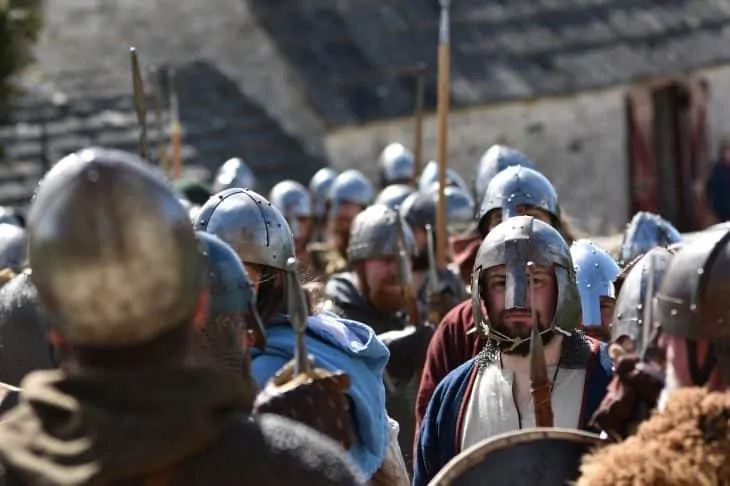
Popular fiction historically depicts Vikings as barbarians. From movies, shows, novels, and video games, Vikings have claimed a rep for being loud and rugged. However, how much truth is there to these stereotypes? Uncover the true nature of these legendary people through these Viking facts.
- The Vikings left between 1,700-2,500 runestones in Sweden.
- A large number of Viking women between the ages of 25-30 once died due to childbirth complications.
- Vikings became legal adults at the age of 20.
- 35% of the male population in Norway, Denmark, and Sweden descend from Vikings.
- 1 in 33 men in Britain have Viking ancestry.
- The first recorded Viking raids took place in the 790s.
- Viking settlers in Northern France formed the Duchy of Normandy with royal approval in the 10th century.
- The Byzantine Empire formed the Varangian Guard from Viking recruits in the late-10th century.
- Vikings settled Greenland in 980 and lived there until the mid-15th century.
- Christianity began spreading in Scandinavia in the 11th century.
- Sweyn Forkbeard reigned as King of England from 1013 to 1014.
- Cnut the Great reigned as King of England from 1016 to 1035.
- Dane and Swedish crusaders fought in the Baltic Crusades of the 12th and 13th centuries.
- Sigurd I of Norway led an expedition to support the Kingdom of Jerusalem in 1107.
- Iceland and Greenland converted to Christianity in the 1130s.
- Medieval historians described the Viking attacks as the “wrath of God.”
- The Vikings reached places as distant as Baghdad in Iraq.
- The Vikings also reached North America centuries before Columbus did.
- Germans called Vikings ascomanni, or Ashmen, from the wood they made their ships with.
- King Harold Godwinson of England descended from Dane ancestors.
Viking Facts Infographics
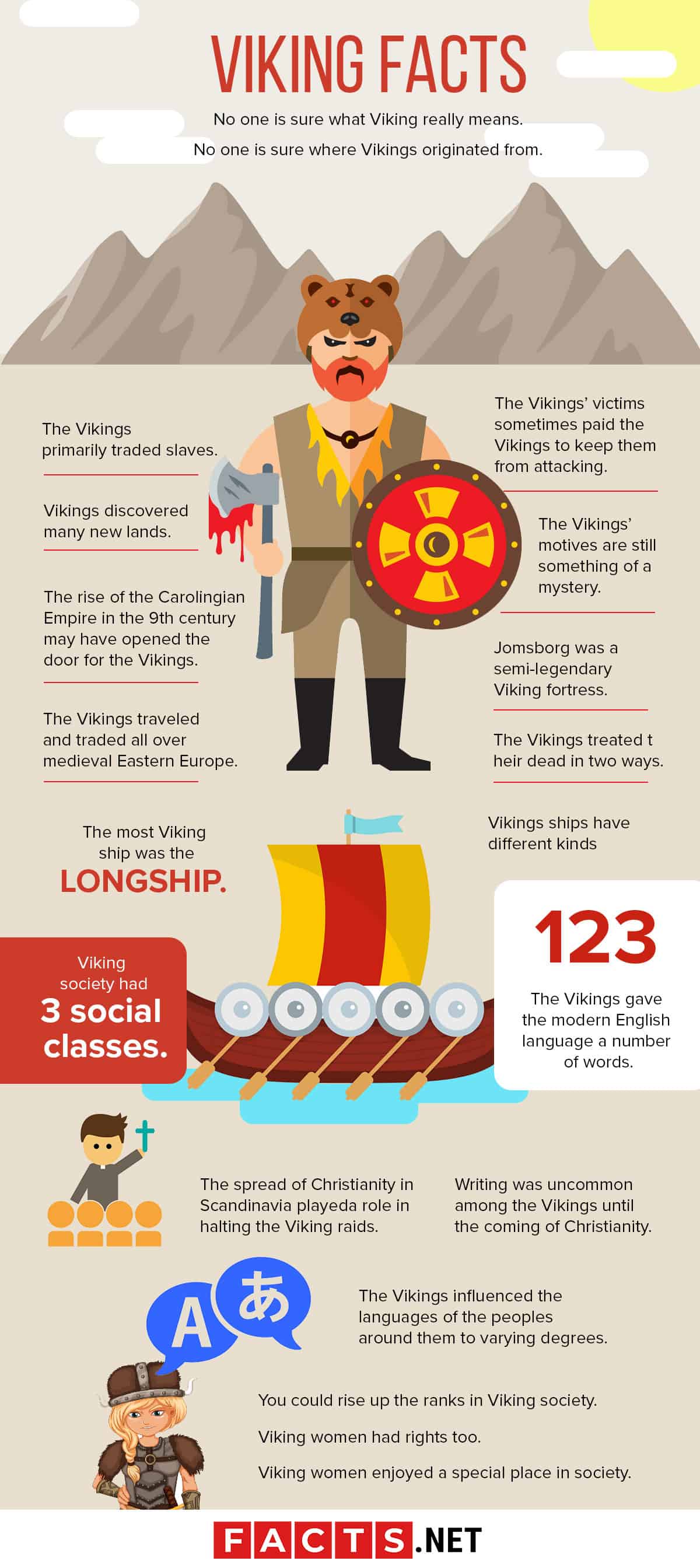
No one is sure what Viking really means.
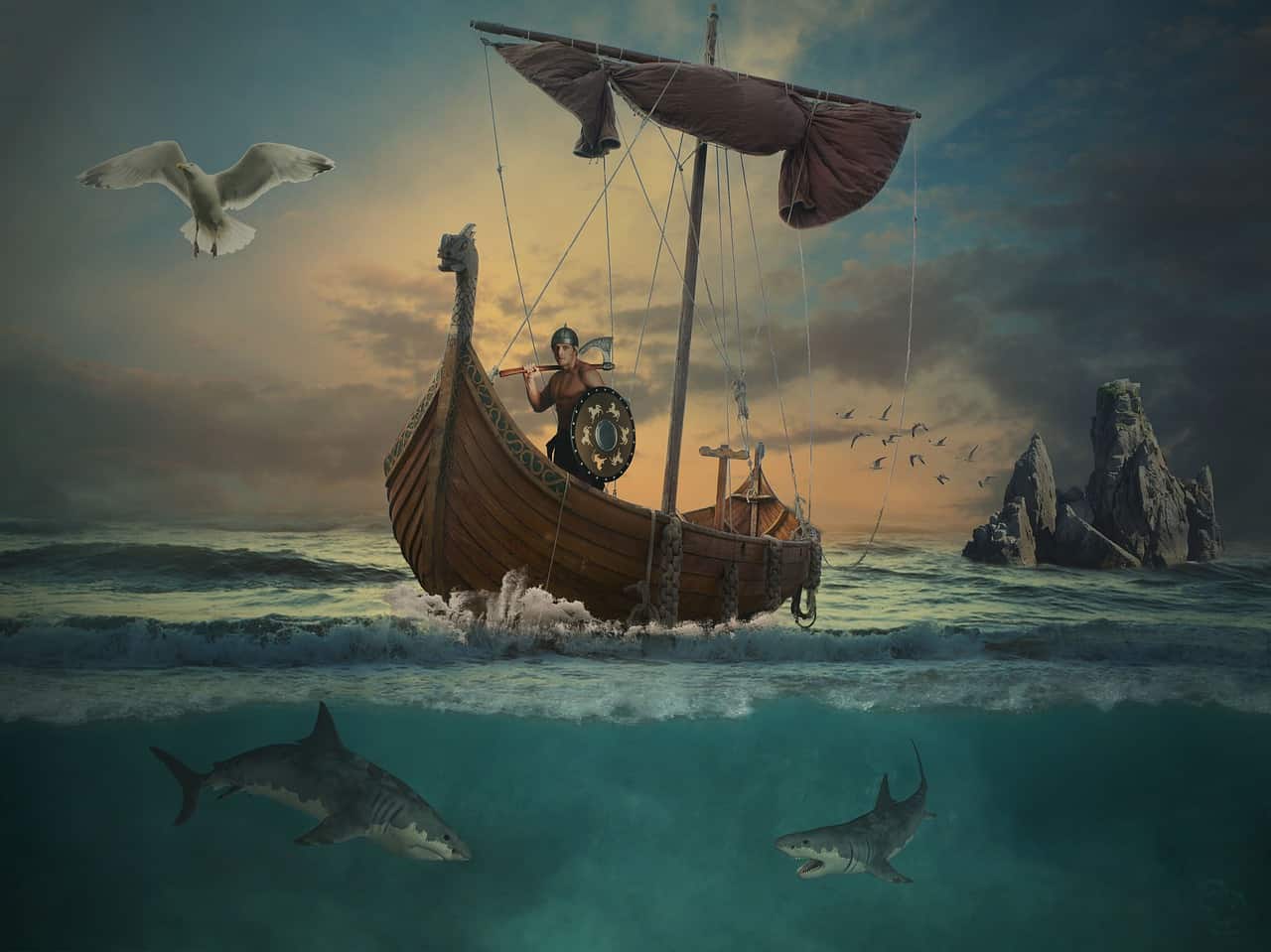
In Old Norse, Viking refers to a practice where tired rowers on a ship handed over their spot to a new rower. The title generally associates a man with working on a ship. Another theory for the title’s origin is that it comes from the Norse term for sea-mile.
However, this theory is less accepted among scholars, though it makes the association between man and the sea. Based on Old English roots, the term references a poem about pirates and raiders from Scandinavia from the 9th century.
No one is sure where Vikings originated from.
Scholars today widely believe that the Vikings’ origins can be traced from Sweden, Norway, and Denmark. Long before they were individual countries, this region was believed to house the first Viking settlements. Back then, the Vikings saw themselves as one people, with a one culture and language.
The Vikings traveled and traded all over medieval Eastern Europe.
The Vikings generally explored a region now known as Belarus, Ukraine, and Western Russia. They set up trading posts in this region, sailed down the Volga and Don Rivers, and reached the Black and Caspian Seas.
Sailing across those waters, they reached great cities like Constantinople in the Byzantine Empire, and Baghdad in the Islamic Caliphate. The Vikings’ trading posts became the centers of Eastern Europe’s most important cities.
The Vikings primarily traded slaves.
Vikings raided Slavic settlements for slaves, who were then brought south and east, and sold in the slave markets of Byzantium and the Caliphate. In fact, the Viking practice of taking Slavs for labor created the word “slave.”
Vikings discovered many new lands.
It was the Vikings who first discovered what is now the Faroe Islands in the North Atlantic, after sailing west from what is now Norway. Other places they discovered include Iceland, Greenland, Newfoundland, and even North America. They even founded settlements on some of those places, though only Iceland remained settled past the medieval period.
The Vikings’ victims sometimes paid the Vikings to keep them from attacking.
This practice began in the late-10th century, with the English and French paying huge sums of money for Vikings to leave them alone. For each kingdom, Vikings usually received sums of silver amounting up to 27,000 kg of precious metal.
Unfortunately, this only encouraged the Vikings, who came back in the following years, with the unspoken understanding that if they weren’t paid, they’d resume their attacks. The money used to pay them off became known as the Danegeld or Dane Gold.
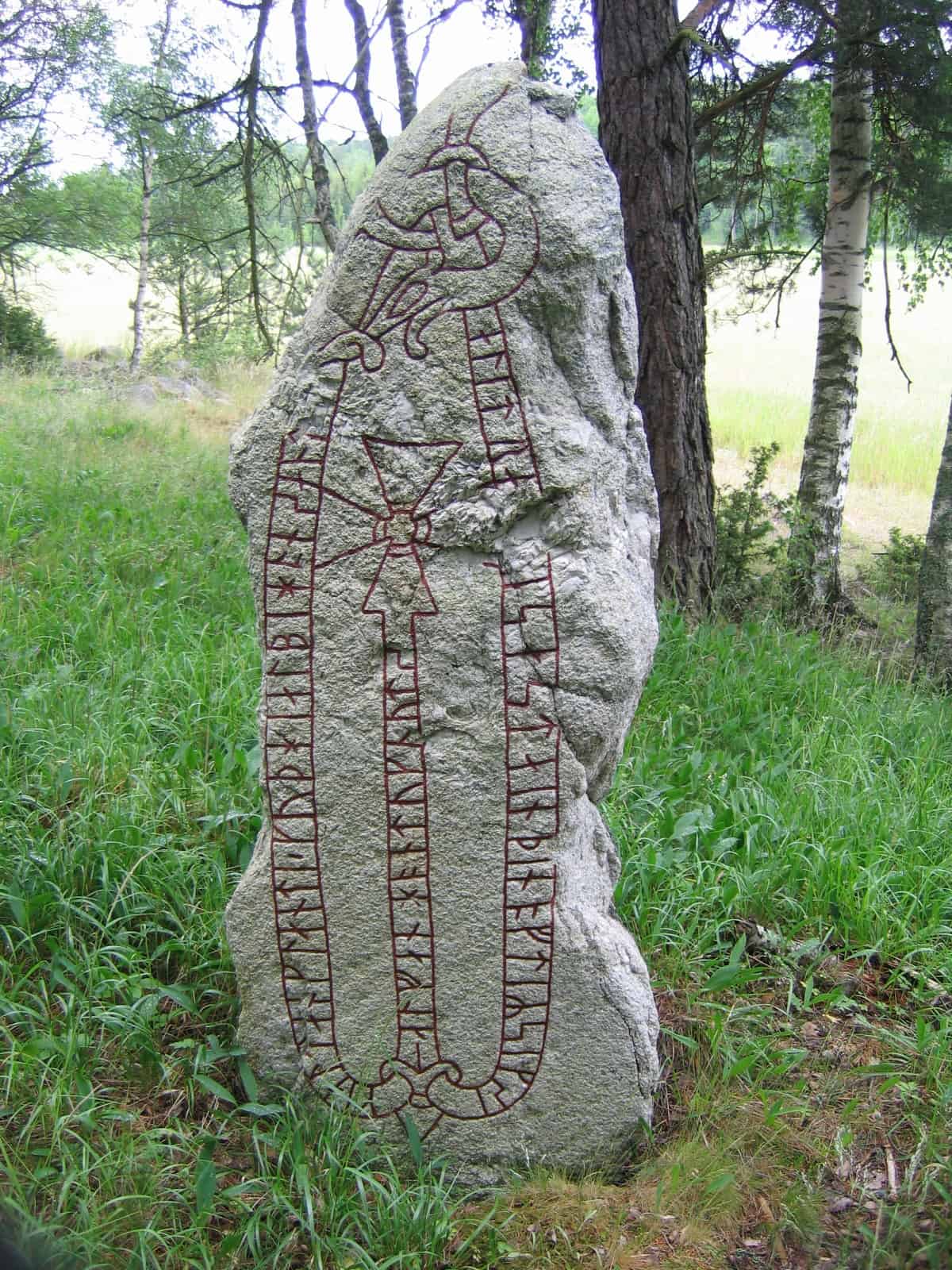
The rise of the Carolingian Empire in the 9th century may have opened the door for the Vikings.
The Carolingian Empire was a European empire in what is now France, Italy, and the Low Countries. It also included Austria, parts of Spain, and most of Germany. The name comes from its founder, Charles the Great, or as he is more commonly-known, Charlemagne.
During his conquests, Charlemagne crushed the Frisians in what is now the Netherlands, and the Saxons of Northern Germany. Both the Frisians and the Saxons were enemies of the Vikings and had previously kept them in check. As the Carolingian Empire crumbled after Charlemagne’s death, the now-unchecked Vikings then took advantage of Europe’s weakness.
The Vikings’ motives are still something of a mystery.
A common theory is that Viking raids were because of limited opportunities back home. This came from several factors. One factor was that of limited farmland available, and another was the practice of fathers passing on all their property to their eldest son. Younger sons with no inheritance and little chance of finding land on their own thus went Viking for nothing else to do. Another theory is that of an unbalanced demographic in Scandinavia, of too many men and too few women. Viking raids thus involved not only plundering riches but carrying off women as wives. There’s a theory that the Viking raids were vengeance for Christian persecution of pagans in Europe. Even today, these theories and more are still debated by scholars of Nordic history.
Jomsborg was a semi-legendary Viking fortress.
Its location remains unknown, and scholars also still question if it ever existed at all. Those who believe it existed agree that it most likely stood at what is now Wollin in Poland. Others question this location, but also agree that Jomsborg was on the shores of the Baltic, along the Polish and German coastline. According to the legend, Jomsborg stood between the late-10th and early-11th centuries. Also according to the legend, it was finally destroyed in 1043 by King Magnus the Good. Historical evidence for Jomsborg includes a gold disc recovered in 2014, referencing the fortress and King Harald Bluetooth.
The spread of Christianity in Scandinavia played a role in halting the Viking raids.
The most important of that was the Christian model of kingship, common across Europe. It held kings and their kingdoms to common standards and caused a shift away from freely and randomly attacking each other. Another influence of Christianity was the prohibition of taking and keeping fellow Christians as slaves. This too removed a major motivation for raiding surrounding lands and countries.
Writing was uncommon among the Vikings until the coming of Christianity.
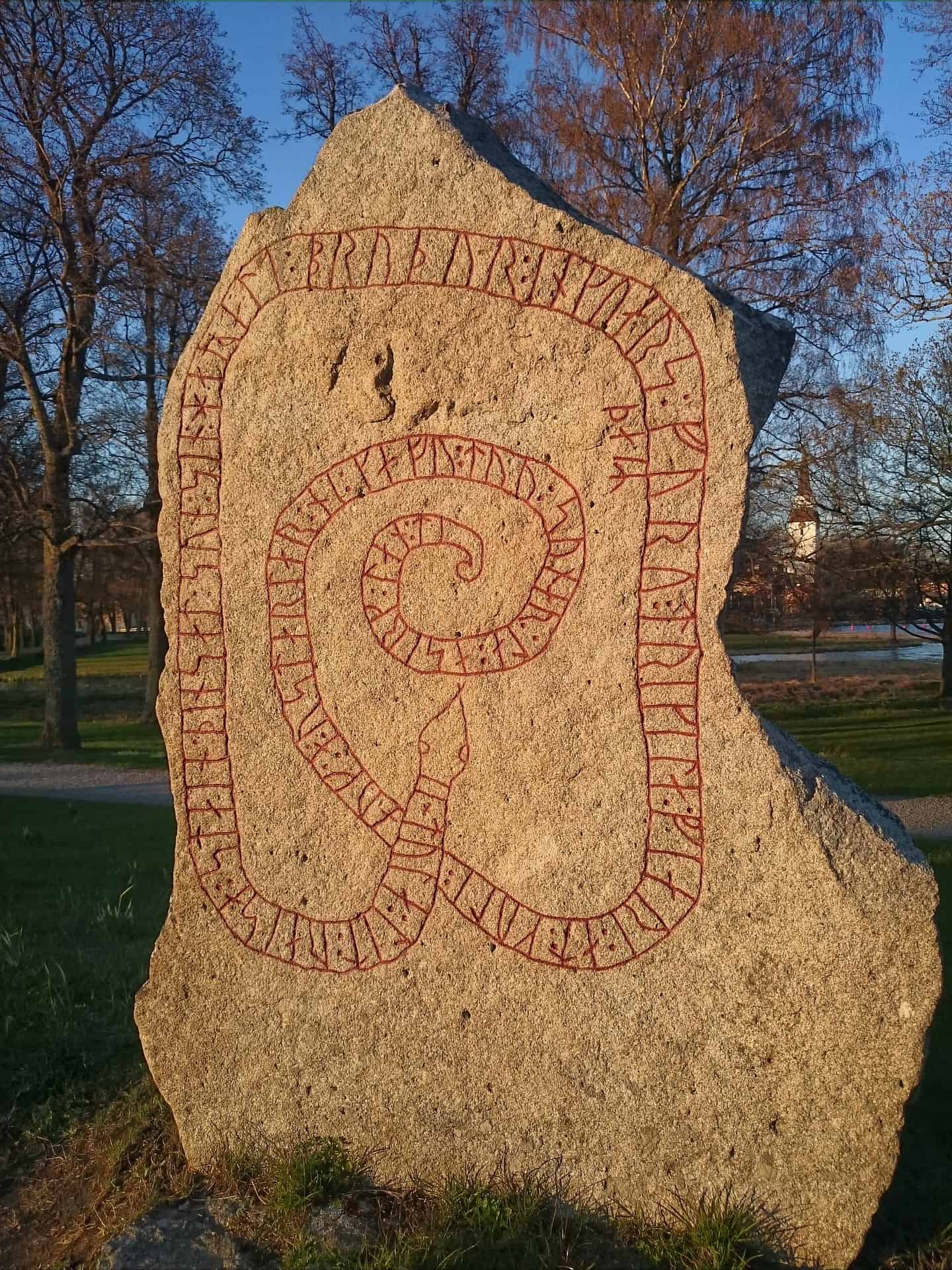
That’s not to say the Vikings didn’t have an alphabet of their own. They did, and as popular fiction claims, those are the runes. But runes weren’t as commonly-used as popular fiction claims either. They were usually used in a ritual fashion, such as on gravestones, property markers, and identifiers for important places. It wasn’t until the Roman Catholic Church introduced the Roman Alphabet that writing became commonplace. It was also at that time that the famous Viking sagas shifted from an oral tradition, and finally set on paper.
The Vikings gave the modern English language a number of words.
This surprised us too here at Viking Facts. The most important of those is Thursday, which actually means Thor’s Day in Norse. Other words include axle, raft, plow, window, bylaw, Norman, and ransack. Hell is also derived from Norse, referring to the goddess Hel, who ruled over the dead. Husband and heathen are also other examples of Norse words inherited by modern English.
The Vikings influenced the languages of the peoples around them to varying degrees.
After the previous example of Viking Facts, this didn’t really come as a surprise. The Swedish, Norwegian, and Danish languages all descend from the Norse language. The same goes for the Faroese and Icelandic languages. In the opposite direction though, Norse influence on Slavic languages is almost nonexistent. This, despite the fact that the Vikings traveled regularly through Slavic lands. Scholars think this is because of the Vikings’ minority status among the Slavs, and the more peaceful relationship between them compared to other European peoples.
The Vikings treated their dead in two ways.
They either cremated their dead, or they buried them. Either way, the dead always received some form of funerary offerings. These were usually food and drink, along with weapons, to keep the dead full and able to protect themselves on the journey to the afterlife. Wealthy or noble-born Vikings were also buried in so-called ship burials, where the dead got buried inside an actual ship. This ship would then carry them safely to the afterlife. Talk about flashy funerals for Viking Facts.
The most Viking ship was the longship.
Longships are among the best-designed ships in history. Made from oak, spruce, and ash among other materials, longships were also light and sturdy enough to get taken from the water and carried overland.
This allowed Vikings to bypass coastal defenses, and to reach inland rivers before taking to the water again. Though no standard sizes for longships exist, one surviving example measures 27 meters long and 5 meters wide at the widest point. This ship carried 40-50 rowers, and probably many more warriors aboard.
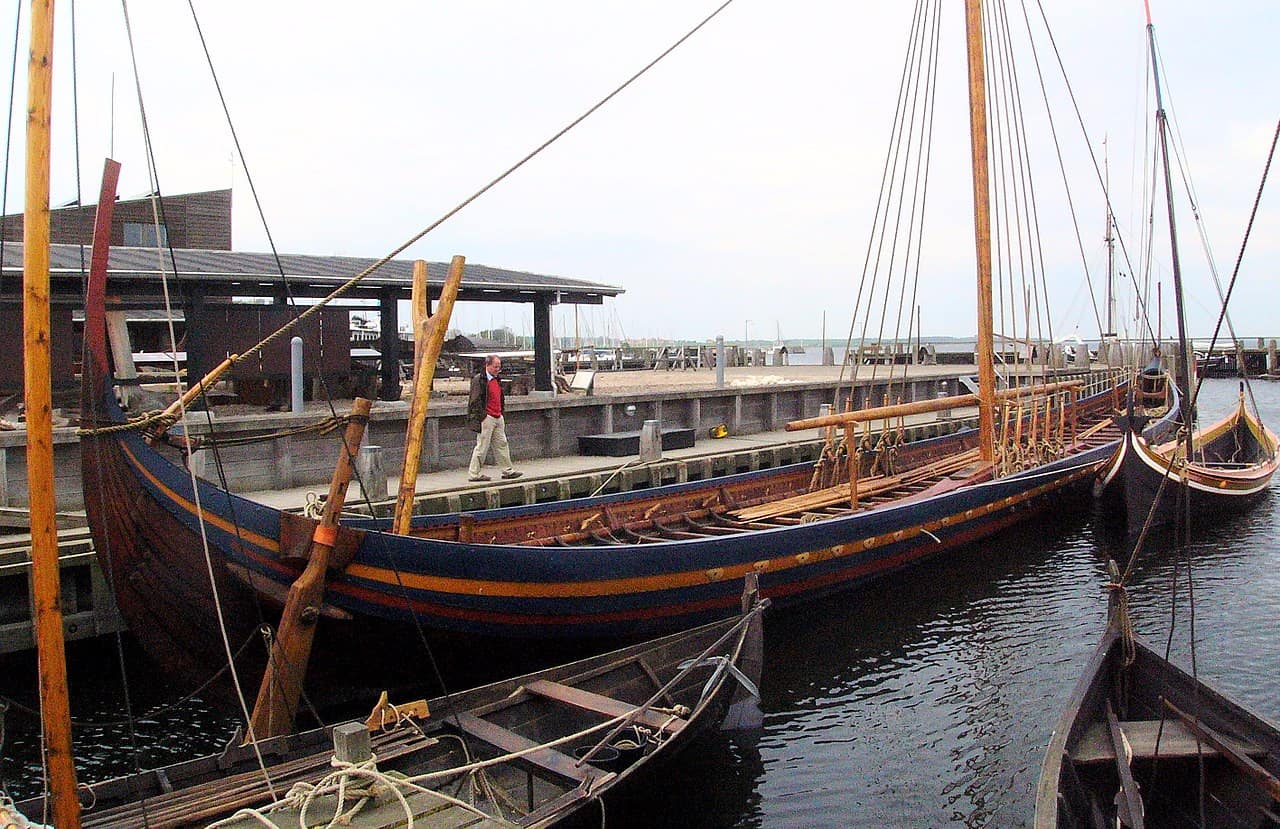
Vikings ships have different kinds.
One of the most notable Viking ships was the knarr – a ship designed to carry lots of cargo for trade. Compared to longships, they were wider and deeper, though still very agile and able to travel long distances. There was also the karve, a smaller kind of longship, used both in war and trade.
Viking society had 3 social classes.
At the top were the jarls, who made up the Viking nobility. They owned large amounts of land and livestock and dominated both the Viking government and society. Most Vikings belonged to the karls and were also known as freemen. They owned land and drove most of the daily workforce of Viking society. Finally, at the bottom were thralls – slaves who did all the menial labor in Viking society.
You could rise up the ranks in Viking society.
The mechanics are still unclear to scholars at this time, but it wasn’t unknown for karls to become jarls. Even slaves had some rights. For example, they were still treated as people and their owners couldn’t kill them on a whim. Freed slaves became freedmen. While having fewer rights compared to karls, freedmen could own land of their own. Grandchildren of freedmen automatically became karls at birth.
Viking women had rights too.
Viking women enjoyed equal rights to men in Viking law. Though there was a social expectation that women had to marry who their parents chose for them, they had the right to divorce their husband and remarry.
It was also socially-acceptable for Viking women to live with a partner and have children out of wedlock. While sons came before daughters when it came to inheritance, a woman could inherit all of her parents’ property if she had no brothers. Now there’s a progressive example of Viking facts.
Viking women enjoyed a special place in society.
Large numbers of Viking women became priestesses and oracles in their society, gaining great power and influence as a result. Many also became poets, inheriting and carrying out the Vikings’ oral traditions, and then passing them on to the next generation.The most famous Viking women were the legendary shieldmaidens, female warriors who fought alongside men on the battlefield. Their existence is still in question by scholars, but there is evidence from records of the Byzantine Empire that they did exist.
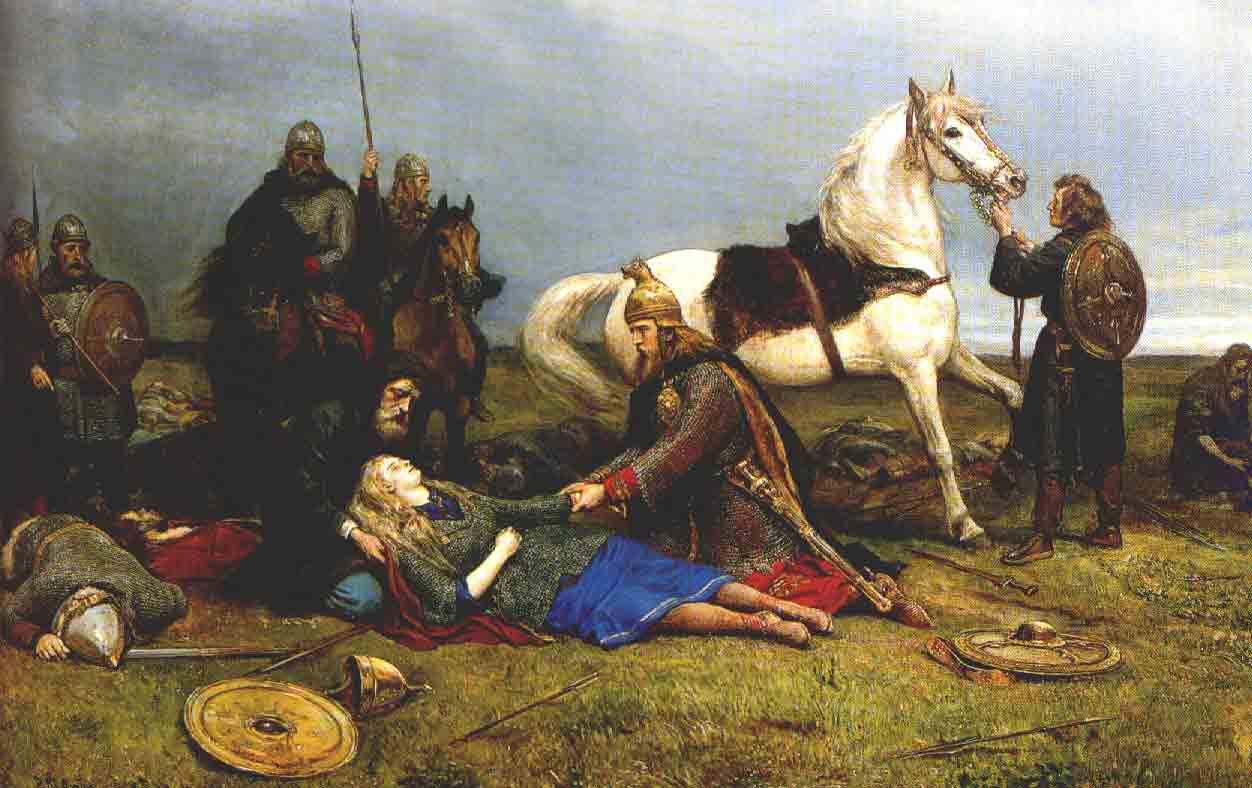
Vikings had no concept of legitimacy.
There was no distinction made between children of a married couple, and of an unmarried one. They all had the right to inherit and had the same rights and protections the law guaranteed them. Yet another progressive example of Viking Facts.
Grooming was a major priority of Viking society.
Despite how popular fiction shows them, Vikings did not go around with wild and unruly hair. Neatness of appearance was a mark of status in Viking society, with karls and jarls alike favoring a variety of hairstyles as shown in surviving pieces of Viking art.
Jarls also liked to show off their wealth, usually with silk clothes imported from abroad and elaborate jewelry. Hygiene went hand-in-hand with neat appearances, and materials such as combs, brushes, and soaps were among the many funerary offerings found in Viking tombs. That last especially shows the importance Vikings placed on personal cleanliness.
Viking cuisine was very diverse.
Seafood was the most common source of protein for Vikings, which is pretty obvious for seafaring people. They also consumed livestock such as horses, cattle, sheep, and poultry. Salt was the most common seasoning, and also used to preserve meat for long periods of time.
Smoking was another common way to season and preserve meat, though spices from abroad were also used as a seasoning. The Vikings also farmed their lands, growing rye and wheat for bread, as well as oats for ground meal. They also grew fruits and vegetables, though archaeologists think the quality of their agriculture was not very good.
Viking sports were very combat-oriented.
Viking sports ranged from unarmed combat, such as wrestling and fistfights to mock armed combat, such as spear and rock-throwing. That said, they also practiced more peaceful sports too.
Among these activities were mountain climbing and swimming, which was very important given the sea’s place in their society. In winter, ice skating and skiing were popular sports.
The Vikings used many kinds of weapons in war.
Surprisingly, swords weren’t one of them, since Vikings reserved their swords for ceremonial purposes only. Most Vikings went into battle with a shield and spear, along with a knife called a seax as a sidearm.
Jarls favored heavy, two-handed axes, which could allegedly split men in half with a single blow. Vikings also used bows and arrows, but they weren’t very common weapons, since the Vikings saw them as dishonorable.

The most famous Viking warriors were the berserkers.
These warriors went into battle in a near-mindless rage that gave them superhuman strength and speed, while also able to endure serious injury without collapsing from shock and pain.
Scholars believe the Vikings achieved such a state through the use of primitive drugs, possibly made from hallucinogenic mushrooms. Other scholars claim that the warriors simply went to battle drunk.
The modern perception of Vikings began in the late-18th century.
Vikings today tend to get portrayed and seen as noble savages. They live simple lives in harsh lands, go to war with eager savagery, but also have a nobility lacking in modern civilization. This idyllic painting of the Vikings appeared in the 18th century through the operas of German composer Wilhelm Wagner.
Wagner cast the Vikings in a heroic and legendary light, a perception that continues to this day. Of course, the reality of the Vikings is a completely different thing. Talk about starting the stereotype, as we see it here at Viking Facts.
Vikings did not use horned helmets.
Well, we did say we’d break the stereotype with Viking facts. They’re often shown using them, most popularly in the operas mentioned before. Comics, cartoons, and other materials also show Vikings as universally wearing horned helmets.
In reality, Viking helmets weren’t any different from other European helmets of the time. They were caps made from iron or steel, featuring a nasal guard to protect the head and nose.

Vikings didn’t wear winged helmets, either.
If you don’t see them wearing horned helmets, then you’ll see Vikings with winged helmets instead. The legendary Brunhilde usually wears one in operas, and the Marvel superhero Thor, based on the Norse god of the same name, also wears a winged helmet.
In reality, winged helmets are part of the fantastic perception of Vikings from the late-18th century and never actually wore them in their time.
Vikings did not actually drink from the skulls of their enemies.
A common way to show the Vikings’ savagery is by showing them drinking from the skulls of their enemies. This is untrue and comes from a mistranslation of one of their sagas. This translation mistakenly told of heroes drinking from branches of skulls.
In reality, this refers to drinking cups fashioned out of hollowed-out ivory tusks of animals like walruses.
Was this page helpful?
Our commitment to delivering trustworthy and engaging content is at the heart of what we do. Each fact on our site is contributed by real users like you, bringing a wealth of diverse insights and information. To ensure the highest standards of accuracy and reliability, our dedicated editors meticulously review each submission. This process guarantees that the facts we share are not only fascinating but also credible. Trust in our commitment to quality and authenticity as you explore and learn with us.
